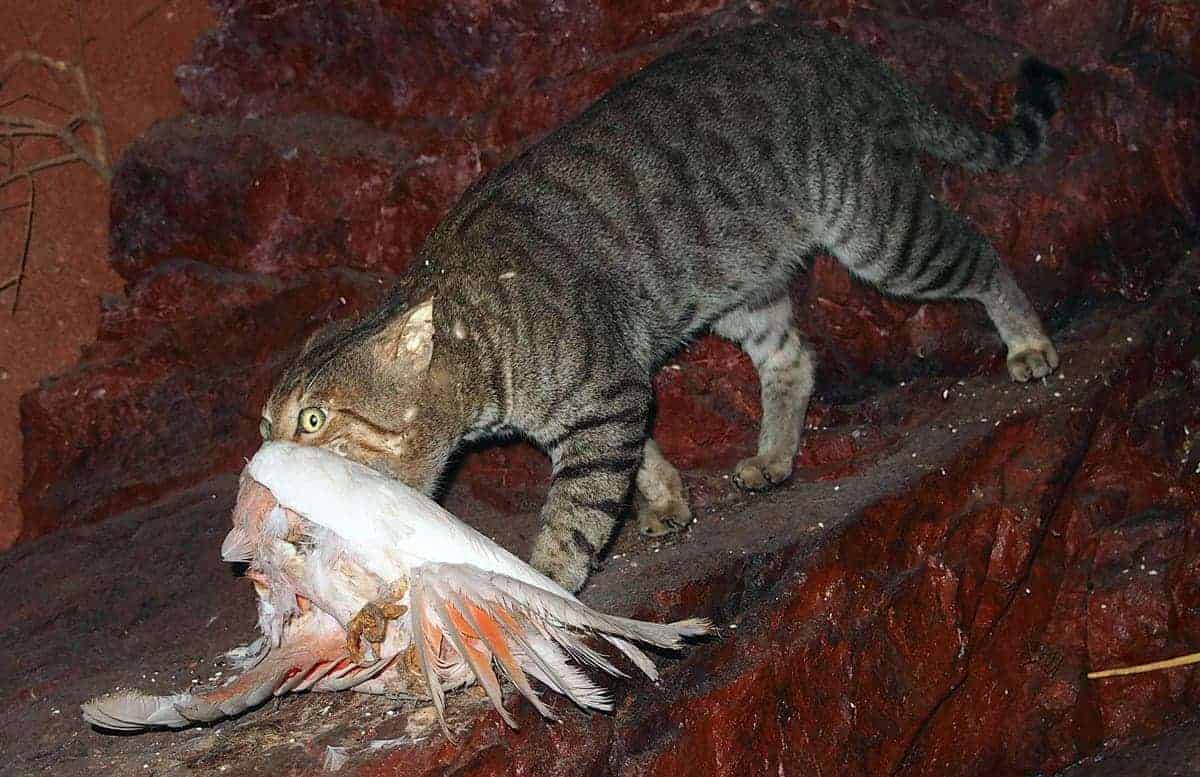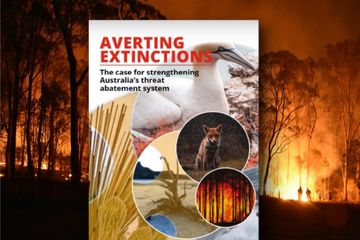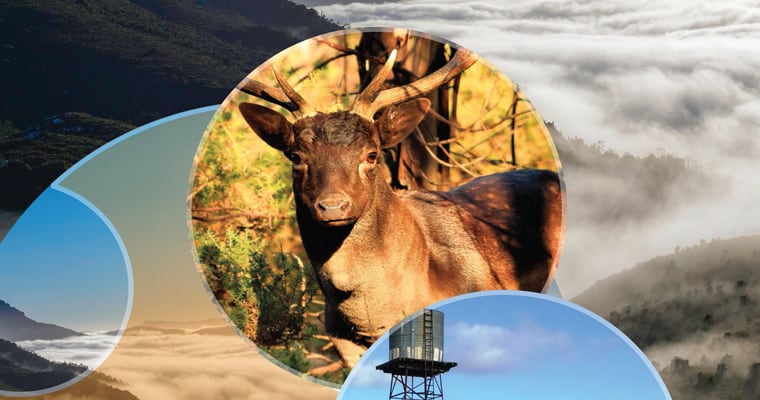Feral animals, weeds and diseases will continue to push Australian species towards extinction unless the Federal Government ramps up efforts to stamp out new threats before they take hold, the Invasive Species Council warned today.
“Invasive species account for two-thirds of all listed threats to our native plants and animals but not enough is being done to deal with these or the next wave of invasive threats,” the council’s CEO Andrew Cox said ahead of this week’s Threatened Species Summit in Melbourne.
“We desperately need a national body to identify invasive threats to our native plants and animals, draw up contingency plans and implement rapid responses to eradicate them,” Mr Cox said.
“The best way of battling invasive species is to stop dangerous new invaders before they arrive, but where they already exist we need to intensify efforts to limit their damage.
“We welcome the Federal Government’s new push to reduce feral cat numbers. Foxes and cats are in the top three causes of critically endangered and endangered mammal listings, which includes bandicoots, wallabies, quolls, and bettongs.
“However, all we can do with established feral pests is minimise the damage they cause because the window of opportunity to eradicate them has passed.
“The government must also focus on stopping the next wave of invasive species taking hold, such as fire ants, wattle and eucalyptus diseases, green iguanas, Mexican feathergrass and black-spined toads.
“Threat reduction at the national level has largely stalled. Comprehensive response plans to invasive threats to our plants and animals are either non-existent or have been poorly implemented.
“The government must put as much energy and funding into our environmental biosecurity as it does our agricultural security,” Mr Cox said.
Invasive Species Council CEO Andrew Cox will attend the Australian Threatened Species Summit this Thursday 16 July in Melbourne.
More info
Contact
Andrew Cox on 0438 588 040.









